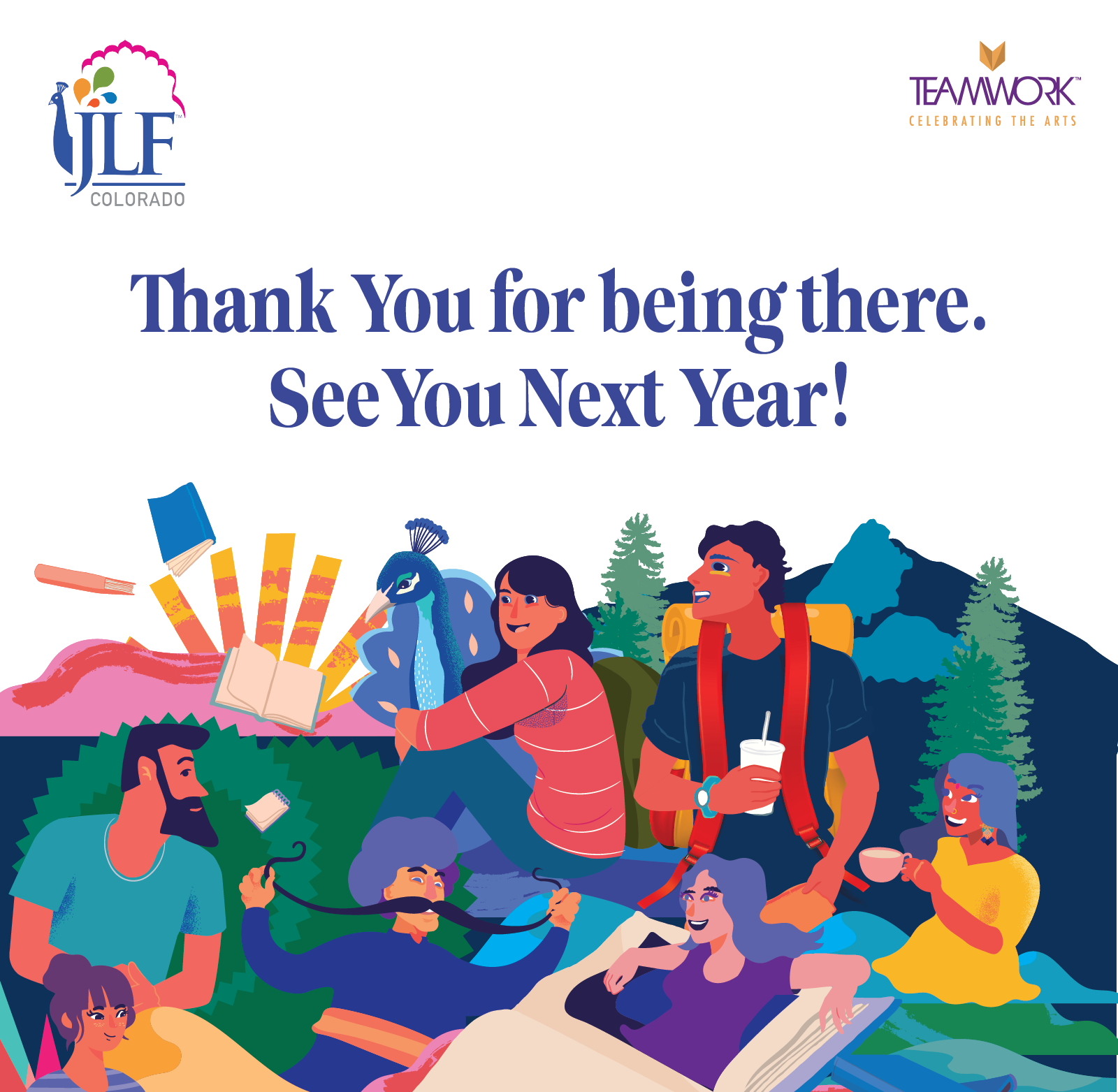

Graphic Novels: The Image and the Word
By Kaity Hauge-Aldridge, Official JLF@Boulder Blogger
As a graphic designer, I am constantly faced with the ever-growing challenge of communicating with a global audience that is increasingly more and more visually minded. We operate in a world of icons, memes, and “Instagrammable†moments. But is this a product of the digital age? Or is it simply the natural evolution of human thought patterns, which is rooted in the multi-dimensional ways in which we interpret the world around us. In their panel on graphic novels at JLF at Boulder, comic book authors G. Willow Wilson and Nick Sousanis spoke on the power of the marriage between image and text and how to relay stories in a way that speaks to the multiplicity of modalities through which the human brain processes and interprets information. This unique medium of literature has a power to both reflect and inform patterns of behavior and thought within our culture. In an increasingly visual world, graphic novels now, more than ever, transcend borders, race, and demographics.
Sousanis and Wilson are part of a new generation of graphic novelists who seek to bring their work out of the shadows of counter-culture and to the forefront of literature. Together, they challenge readers everywhere to change the way they think about communication, thought, and storytelling. Sousanis, who was described by Wilson as a “unicorn,†both illustrates and writes his graphic novels. His graphic novel, Unflattening, is a journey into the depths of non-linear thought processes that sets out to challenge readers to introspect through its evocative written and visual message and invites them to delve into how they think about and interact with the world.
In a similar way, Wilson’s stories seek to challenge traditional perspectives on individuals and culture by bending and shaping the very medium that helped establish some of the intense stereotypes of gender, race, and religion which have shaped cultural biases for decades. In her recent collaboration with Marvel, in which she reimagined the classic Ms. Marvel as a young, Pakistani-American woman, Wilson challenges the intense prejudices that currently plague our society. Breaking all recognized trends in the comic book industry, Ms. Marvel not only maintained a spot on the New York Times best sellers list for 5 months, it also won a Hugo award for best Graphic Story of 2015.



Leave a comment